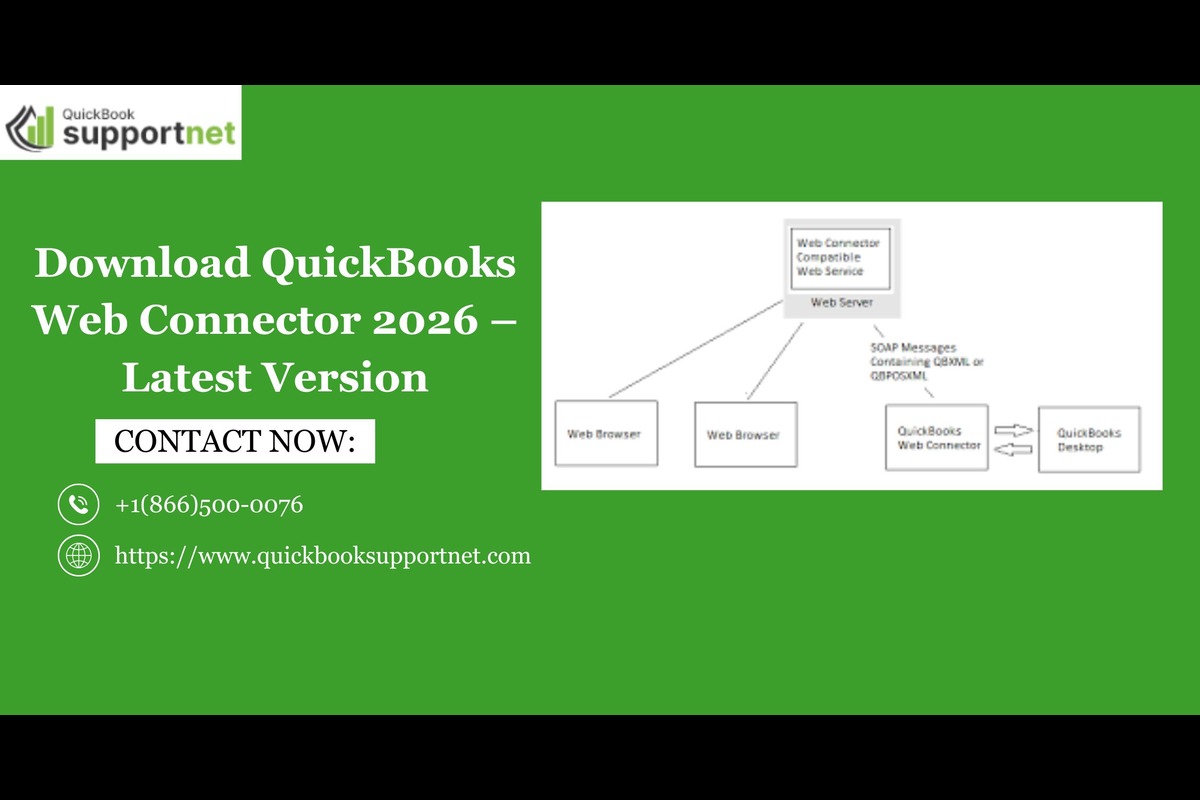
7 Benefits of Using DevOps Software in Modern IT Environments
- admin
- Technology
- 2025-10-06
- 2048K
DevOps software bridges the gap between development and operations, helping teams deliver faster with fewer errors.
By replacing manual steps with automated pipelines, shared dashboards, and standardized processes, it transforms delivery into a smooth, predictable habit. Instead of stressful big releases, teams benefit from frequent, reliable updates supported by built-in testing, monitoring, and security.
Everyone works from the same data, fostering collaboration and quicker problem-solving before users are affected. Leaders gain real-time visibility into performance without lengthy reports, while new team members ramp up quickly with ready-to-use templates.
The result is higher uptime, happier users, and more time spent building features that matter instead of fighting recurring issues.
1. Faster Releases and Shorter Lead Times
DevOps Software speeds up delivery by automating the path from code change to production. Instead of handoffs and tickets, you define a pipeline once and run it many times.
Each change goes through the same steps: build, test, scan, package, and deploy. Because the steps are small and repeatable, you ship more often with less risk. Feature flags in devops software let you release code dark and turn it on when ready, so launch days feel calm.
The rhythm of frequent releases also sharpens quality. Bugs surface sooner, when they are easier and cheaper to fix. Developers get feedback the same day, not weeks later, so they keep momentum. Over time, you trade big, risky pushes for a steady stream of safe updates.
2. Higher Reliability and Fewer Incidents
DevOps Software improves reliability by making environments consistent and automating checks. Infrastructure as Code defines servers, networks, and policies the same way every time, so “it works on my machine” fades away.
Health probes, synthetic tests, and service-level alerts catch issues early, and runbooks link alerts to clear steps. Error budgets help teams balance speed with stability, so no one burns out chasing features while uptime slips.
Over time, weak spots become test cases, and outages turn into improvements that stick. Users notice fewer drops and faster fixes, which builds trust and reduces support load. Reliability is not luck; it is a product of simple, repeatable habits that tools help enforce every day.
- Define environments with Infrastructure as Code
- Use health checks and SLO/SLA alerts
- Attach runbooks to alerts for faster action
- Turn incident learnings into automated tests
3. Stronger Collaboration and Shared Ownership
DevOps software gives teams one place to plan, build, and operate, which changes how people work together. Issue trackers, wikis, and boards connect code to tasks and business goals, so everyone knows why a change matters.
Pull requests and code reviews become normal conversations, not gatekeeping, because templates guide what to include and checks run automatically. ChatOps brings builds, deploys, and alerts into the channels where people already talk, so context is never far away.
When a problem appears, developers and ops look at the same dashboards and traces, which shortens the path from “I think” to “we know.”
Over time, shared ownership turns into a culture where people help each other, fix the system, and celebrate clean runs as a team.
4. Consistent Automation From Build to Deploy
DevOps software ties the whole delivery chain together, so the same rules apply everywhere. Pipelines automate builds, tests, scans, packaging, and rollouts with clear gates at each stage.
Policy-as-code checks guardrail choices like regions, sizes, and open ports before anything goes live. Secret vaults and automated rotations remove risky copy-paste steps. With these patterns, teams reduce drift, speed up onboarding, and avoid late surprises.
When you need to scale, you copy a template, not a hope. When you need to audit, you show pipeline history, not a slide deck. The payoff is steady, boring deployments, the good kind of boring that frees people to focus on product details and customer needs rather than wrestling with glue work and one-off fixes.
5. Built-In Security (DevSecOps) Without Slowing Teams
Security improves when it is part of the pipeline, not a final hurdle. DevOps software bakes in static analysis, dependency checks, and container scans that run with every change.
Results show up where developers work, with clear advice and links to safe versions, so fixes land fast. Runtime tools add protection with least-privilege policies, signed artifacts, and admission controls that block risky images from deploying.
Teams move quickly because the pipeline catches issues early, when they are small. Security teams gain time to focus on design reviews and threat modeling instead of chasing old vulnerabilities.
6. Clear Visibility, Metrics, and Feedback Loops
Good decisions need good signals, and DevOps software supplies them in real time. Build times, test pass rates, change failure rates, and mean time to restore show delivery health at a glance.
Application metrics, latency, error rate, and saturation tell you when users feel pain, not just when servers look busy. Traces connect a single request through many services, so teams spot slow hops and fix the right thing first.
Feature flags give product teams safe ways to try ideas with small audiences and measure impact before a full release. With these loops in place, teams ship, measure, learn, and iterate without drama. Leaders do not wait for quarterly reviews to see trends; they steer week by week.
7. Lower Costs and Better Use of People’s Time
DevOps software lowers costs by cutting waste and turning manual work into code. Automated tests catch defects early, which avoids expensive rework later.
Standard pipelines and templates shrink setup time for new services, so teams do not rebuild the same tools again and again. Autoscaling and right-sizing keep cloud bills aligned with real demand, while spot and reserved capacity add savings without risk.
Even small gains compound: a few minutes saved on each build, a few fewer rollbacks, a simpler handoff at every stage. Over a quarter, that becomes a real budget and real energy that you can give back to your product roadmap and the people who build it.
Conclusion
DevOps software turns delivery from a stressful, stop-start process into a calm, repeatable flow. It speeds releases, raises reliability, and makes collaboration natural because the whole path is visible and shared.
Automation brings order to builds, tests, security checks, and deploys, so teams move fast without breaking things. Clear metrics and tracing guide choices with facts, while feature flags let you learn safely in production.
Most importantly, the culture shifts: problems become puzzles to solve together, not battles between groups. You do not need a giant project to begin. Start with one pipeline, one service, and one shared dashboard. Write down what works, turn it into a template, and repeat.
Leave a Reply
Please login to post a comment.












0 Comments